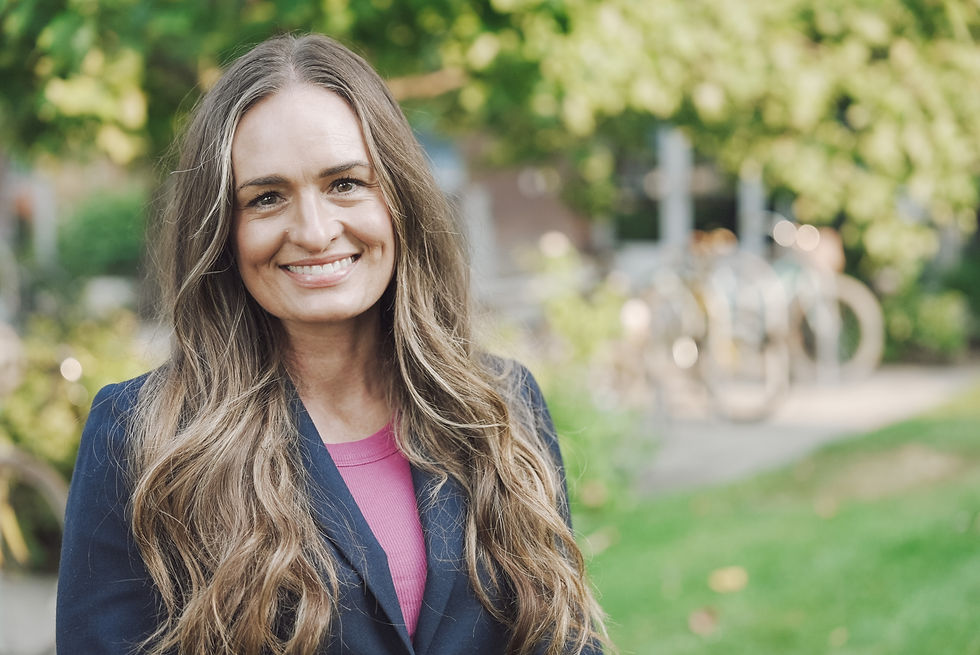C4Y Regional Initiatives Making Progress on Youth Well-being Goals
- Anne Abbott

- Dec 13, 2024
- 3 min read
As 2024 comes to a close, so too does the annual youth survey process for the Communities for Youth (C4Y) Regional Initiatives in Boise, Blaine County, and Marsing. As C4Y Regional Initiatives*, these communities have made the commitment to implement the C4Y data-driven community engagement process for upstream prevention, annually. A big piece of that process occurs each fall when middle and high school students in these communities share their experiences via our youth well-being survey.
While working with communities to conduct a youth survey is not always the most glamourous or popular of activities (we get it, surveys aren't really "fun" for anyone), high-quality youth survey data, which we define as data representing at least 65% of a population of youth in a school/school district community, is incredibly important. This is the case for many reasons, but two of the most important are that conducting local youth surveys helps communities better understand the scope of specific issues that affect youth well-being AND conducting youth surveys at regular intervals allows communities to understand the progress they are making over time in addressing youth well-being.
It's thus with great excitement and hope for continued progress that we are excited to report that all three of the current C4Y Regional Initiatives are currently seeing excellent forward progress on their goals around improving youth mental health and more specifically reducing the number of young people that experience moderate-to-severe symptoms of depression. The graphs below show the progress that has been realized over four years of data collection in the City of Marsing, two years of community collaboration in the City of Boise, and one year of focus on this outcome in Blaine County.



These outcomes are the result not of Communities for Youth itself, but of folks across each of these communities working on things within their power to change and adapt for the good of local young people. We have worked with schools and districts changing their policies and practices as well as mayors and other local leaders working to ensure institutional and structural support for upstream prevention. We have seen youth serving organizations and local businesses build social connection opportunities for teens. We've also worked with local philanthropy to ensure funding is directed on the issues that matter most. We have witnessed SO many examples of parents and extended family, and even individuals like faith leaders, take part in creating the shared understandings of what is needed to support teens and build community environments that protect against mental health and other challenges to youth well-being. Each of these contributions are vital to the upstream prevention successes that are emerging in each of the C4Y Regional Initiatives.
To be clear, there is still work to be done. This is true in each of the C4Y Regional Initiatives as well as in communities across Idaho where the need to address youth well-being has not yet been recognized as an essential piece of building up young Idahoans. However, we can close the year with the true knowledge that when communities come together around upstream prevention, we move ever closer to building the best possible community for kids. And this contributes to well-being for all of Idaho. Thank you!

*To become a C4Y Regional Initiative communities make a five-year commitment to:
bring together key partners including the public school district, youth service providers, an organization or agency willing to host a staff person at least partially dedicated to implementing the Communities for Youth process, and others,
implement the Communities for Youth data-driven community engagement model annually,
work with the Communities for Youth Empowerment team to communicate with the community and build partnerships and collaborations.





Comentarios